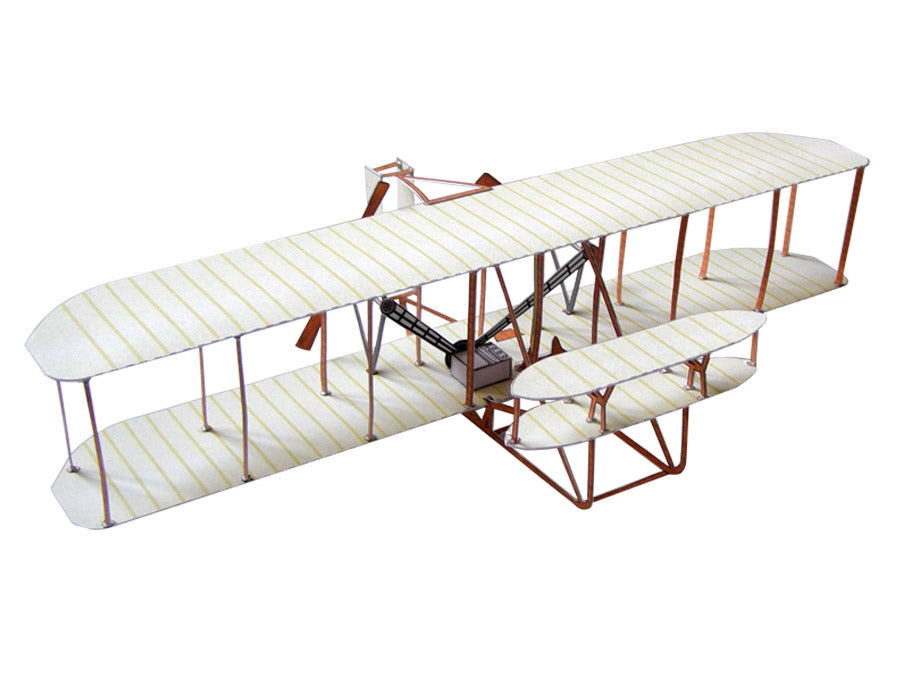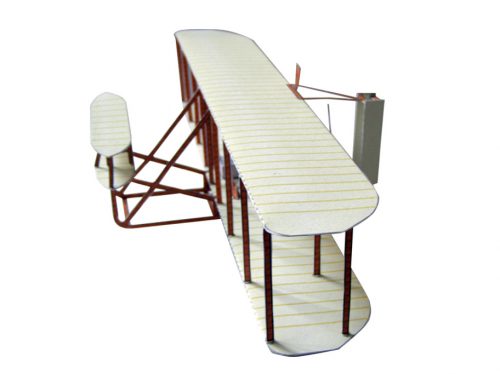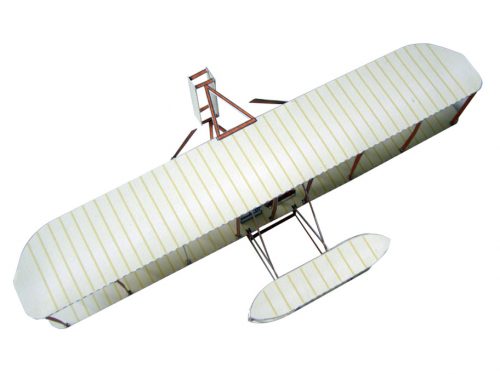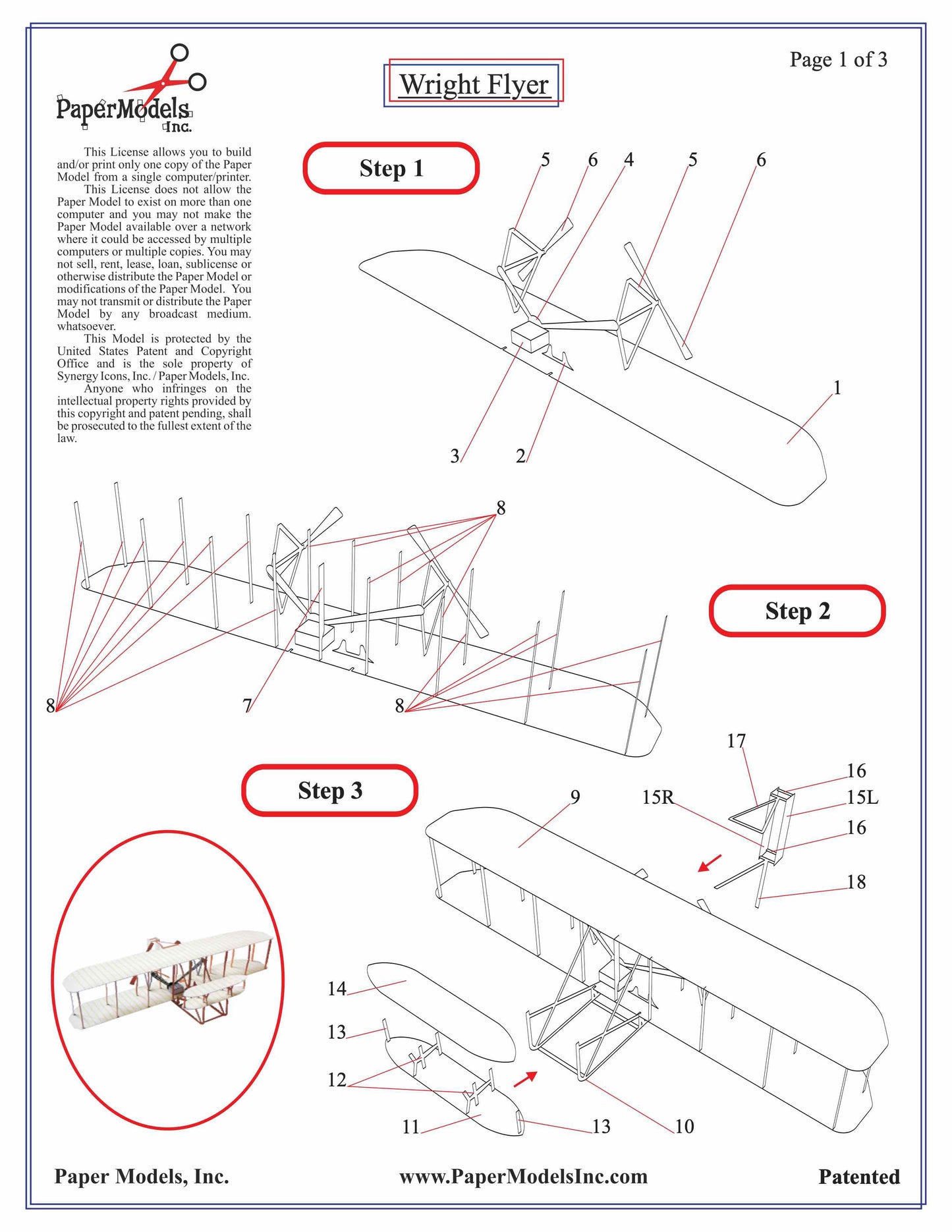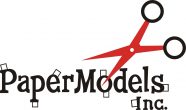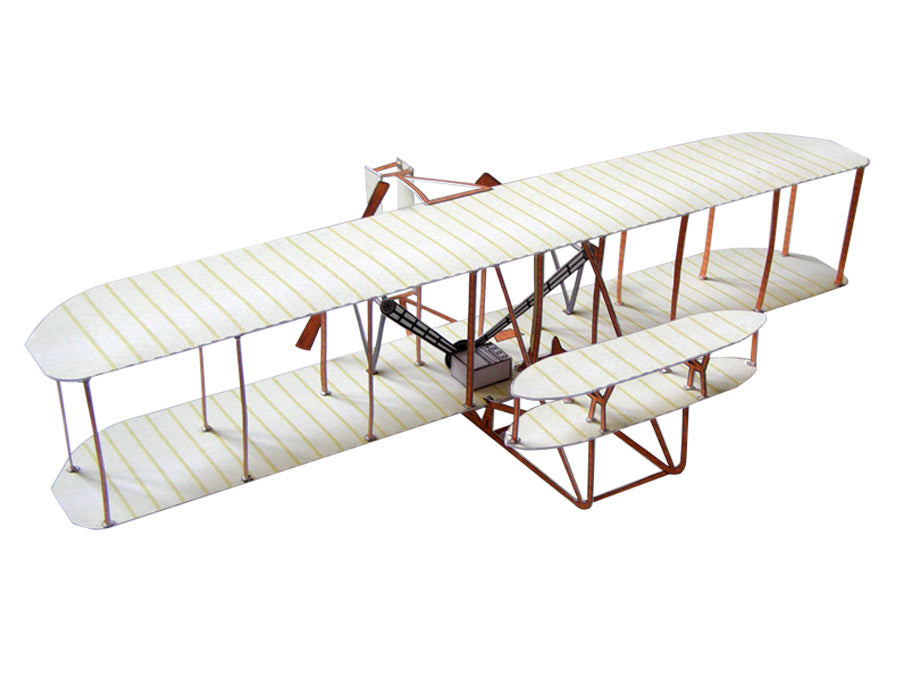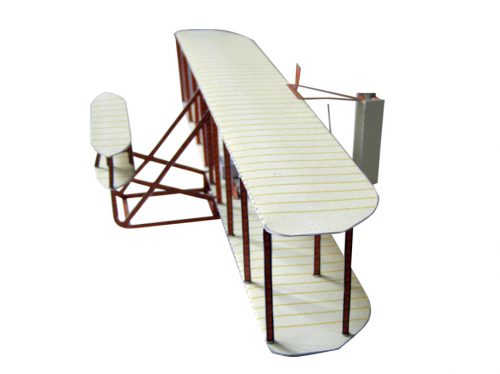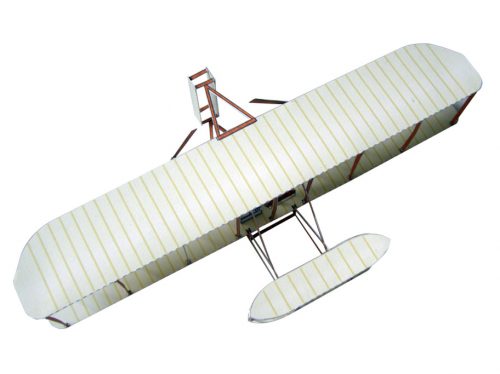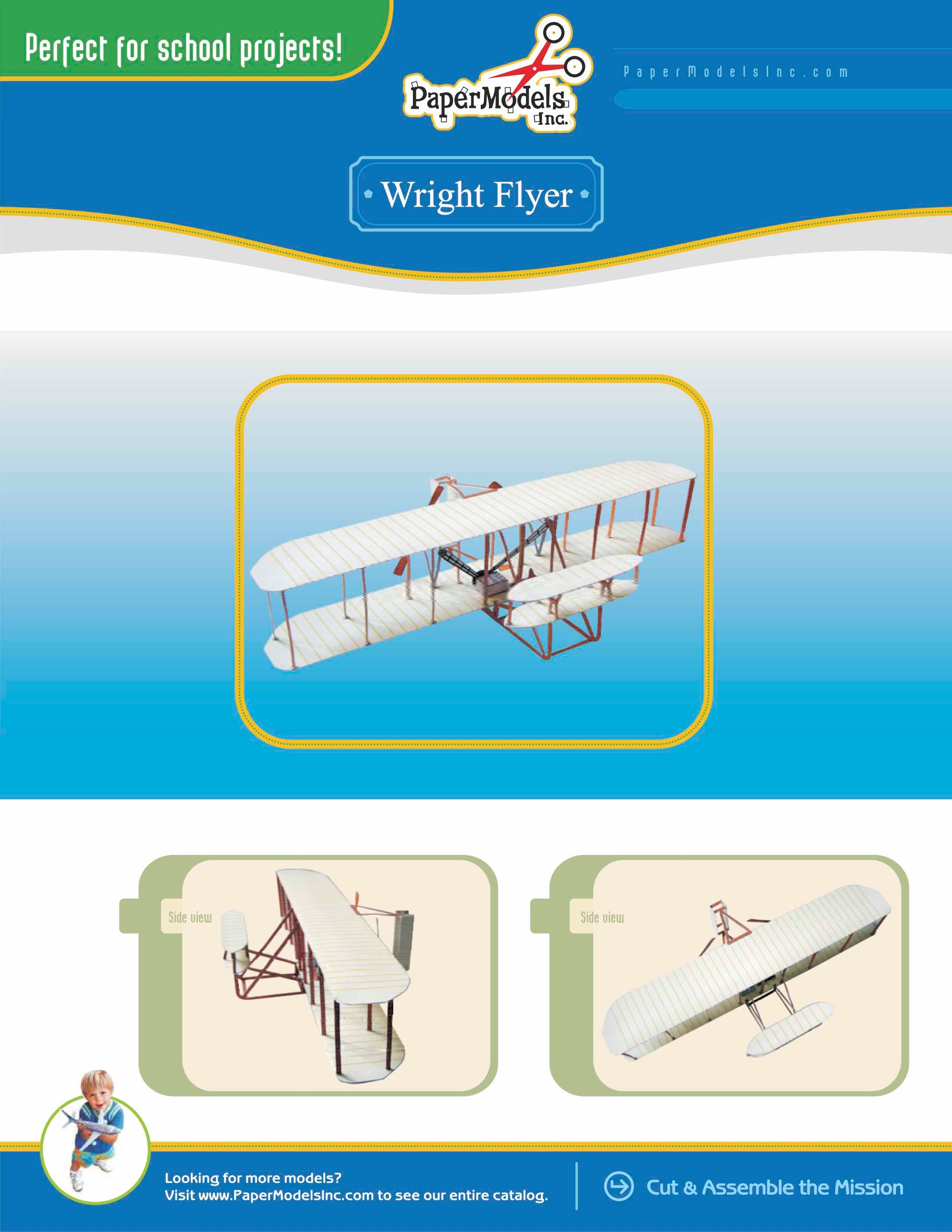Wright Brothers Flyer - Washington - First In Flight - Paper Model Project Kit
Wright Brothers Flyer - Washington - First In Flight - Paper Model Project Kit
No se pudo cargar la disponibilidad de retiro
🌟 Welcome to Paper Models Online – Your Shortcut to Academic Excellence! 🌟
Are you tired of stressing over last-minute school projects? Look no further! Paper Models Online is here to make your academic life a breeze.
🚀 Why Choose Us?
At Paper Models Online, we understand the pressure of looming deadlines and the desire for that coveted "A" grade. That's why we've crafted the perfect solution for you! Whether you're a student aiming for extra credit, a parent looking for quality time with your kids, or just someone in need of a break from the chaos, our paper models are your ticket to success!
💻 Instant PDF Download OR Pre-Printed & Shipped
You're in control! Choose from our instant PDF download, starting at just $6.95 for the 7"x10" and $9.95 for the 10"x13" size.
Print it on your home or office printer using regular paper, or opt for the hassle-free pre-printed option. We'll ship it directly to your doorstep for a flat $5 fee via USPS First-Class Parcel, ensuring you get it in 1-3 days!
✂️ Easy Assembly, Maximum Impact
With just a pair of scissors, some glue, and an hour of your time, you can turn these paper sheets into stunning three-dimensional architectural replicas or complete science projects. The images on our website are real models made from our kits, and we even provide a history to help you craft an impressive report.
🎨 Unleash Your Creativity
Not into mission kits? No worries! Our models double as templates for your creative genius. Paint, trace, adjust sizes—your imagination is the only limit! Create a custom masterpiece that reflects your unique style and personality.
🛒 The Buying Process Made Simple
- Choose Your Size: 7"x10" or 10"x13"
- Choose Your Delivery: Instant PDF download or pre-printed and shipped
- Purchase Your Model: It's that easy!

📦 Typical Kit Sample
Each kit includes 8 to 18 pages, providing everything you need to bring the model to life. An "exploded view" guides you through assembly, and a complimentary history adds that extra touch for your report. Impress your teacher not just with creativity but also with your research skills!
Don't let deadlines stress you out. Choose Paper Models Online for your next school project, and let us be Your Best Way To Get An "A"! 🌟
 |
 |
 |
| Exploded View | Sample Pieces | Finished Model |
Free History For Your Report
Wright Flyer
The Wright Flyer was one of the world’s first successfully powered and flown heavier- than-air aircraft, and was designed, constructed, and flown by The Wright Brothers in 1903. Also known as “Flyer I” and “Kitty Hawk” in some historical aviation circles, the Wright Flyer was created after a series of gliders built in the previous three years by the Wright Brothers, all of which were met with some degree of success and failure. The 1903 Flyer was created with light spruce wood, and utilized a custom-built engine as existing engines had proved too heavy for the task.
A sprocket chain drive powered both of the twin propellers from this engine, and in this fashion, the airplane worked on similar technology as a bicycle. The biplane design was flown by a pilot who would lay down and use wires attached to a girder at their hips to turn the rudder and manipulate the wings. Construction of the flyer was completed at the same time that the brothers were still learning from continuing flights on previous gliders they had constructed. The first flight of the flyer was attempted on December 14th, 1903. Brothers Wilbur and Orville Wright flipped a coin to decide who would pilot the craft first – the coin landed in Wilbur’s favor, but he quickly lost control of the craft after take off and caused three day’s worth of repairs. On December 17th, Orville Wright took the controls, and flew the glider for its first flight – lasting a grand total of 12 seconds.
The Wright Brothers’ design never ended up leading to larger-scale productions using the same aviation technology, but rather the Wright Brothers were credited with developing several intellectual, if not practical, ideas regarding flight, which were later successfully employed by other aviators. In addition, controversy abounded (and continues to this day) as to rather or not the Wright Brothers were really the first to achieve heavier-than-air flight. They were credited as being the first mostly in part to their very public demonstrations and media-seeking actions, whereas other aviators in the late 1800’s and early 1900’s worked in private, and claim to have successfully attempted heavier-than-air flight long before the Wrights. In addition, the Wright Brothers had patented the one technological aviation ideal they had gotten right – the use of wing control.
The Wrights were challenged in court over the patent on this concept, and even fought with The United States Government over its rights. At the same time, European nations continued to develop flying techniques, whilst American aviators were stuck in litigation with The Wright Brothers. During World War I, the U.S. had no military aircraft due to the Wright Brother’s court fights, and the American government ended up purchasing planes from European nations in order to fight the war effectively.
In 1905, the Wright Brothers concluded their Kitty Hawk flights, and shipped Flyer I to their home in Dayton, Ohio. It remained in storage for nine years, eventually being taken up in 1913 by The Great Dayton Flood. The flyer was rescued by Orville (Wilbur died the year previous) and repaired it for display. After an extensive fight with the Smithsonian over rather or not the Wright Brothers were the true pioneers of aviation history, the Smithsonian debuted Flyer I on the 45th Anniversary of the December 17th flight, in 1948. In 1976, the craft was relocated to the newly-opened National Air and Space Museum, and underwent a massive restoration in 1985. It was quickly returned to the National Air and Space Museum where it remained until October 2006. It is currently in storage.
© Copyright – Paper Models, Inc. – All Rights Reserved
Share
